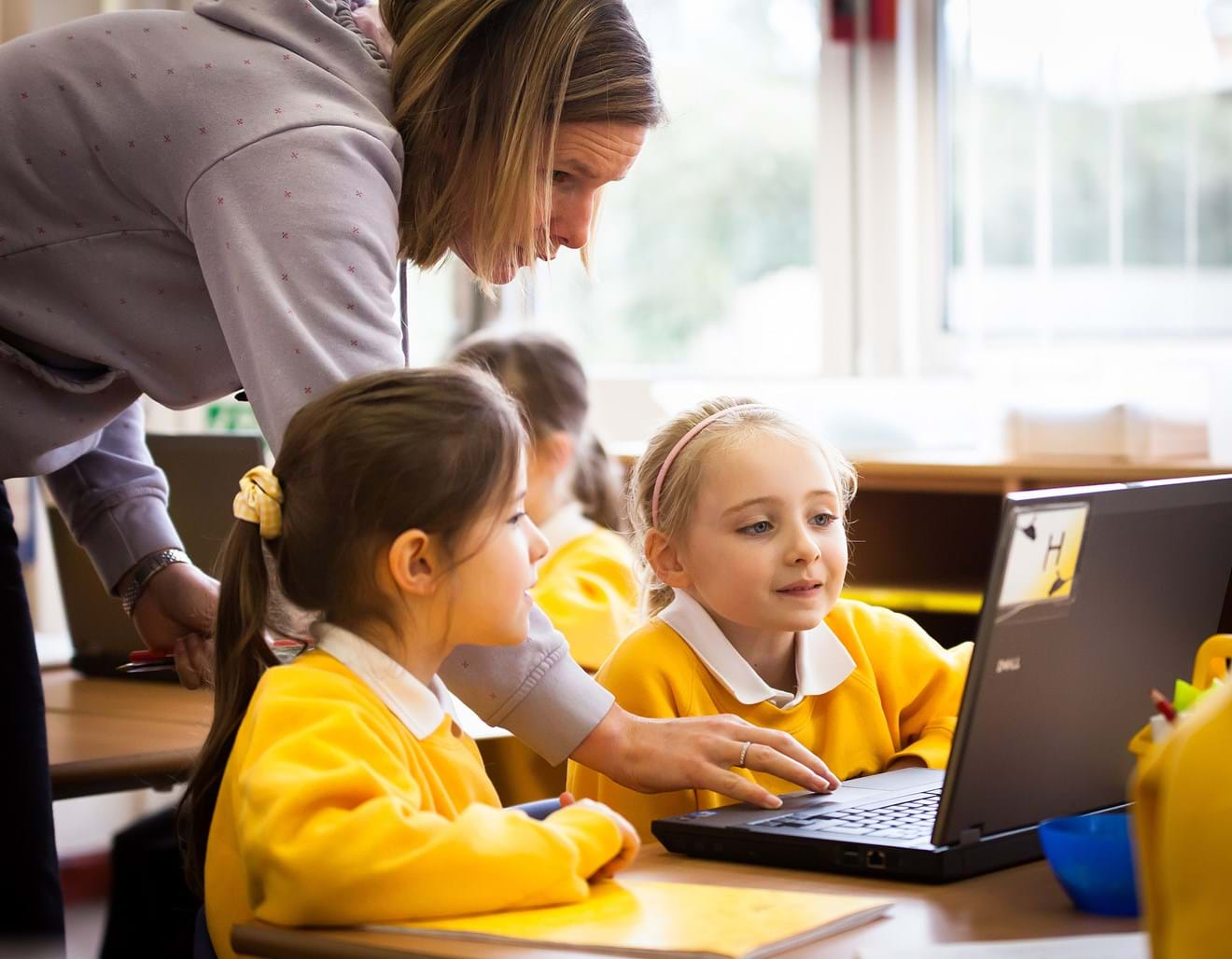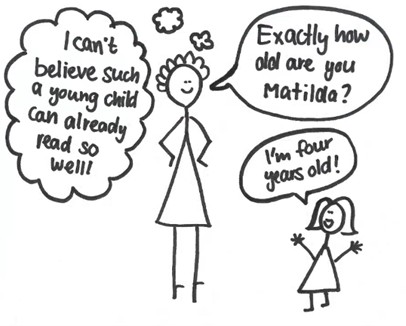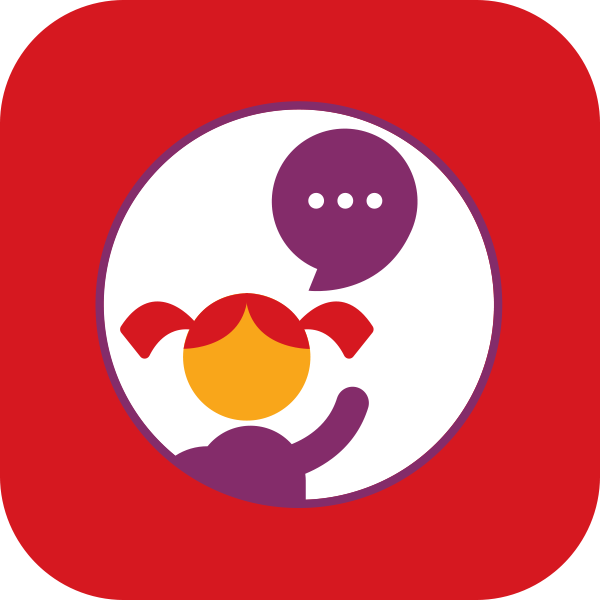The reasons behind issues such as classroom disruption, underachievement and pupil anxiety could be rooted in children’s unidentified speech and language needs – and strategies to close the gaps benefit all children.
In the busy classrooms and corridors of any primary school, teachers know only too well the children they need to keep an extra eye on.
They are the pupils who quickly lose track in lessons or don’t seem to make the progress expected, despite receiving additional support. They might struggle with anxiety or find it hard to manage their emotions. They could also be those children who always seem to be at the centre of an argument or scuffle with their peers.
But there’s a hidden issue that could be making it much harder for primary schools to tackle these challenges and help keep children on track with their learning – unidentified speech, language and communication needs (SLCN).
Behind the mask
There are a handful of children in every school who have a recognised speech and language delay, often picked up in the early years, who are already supported by a SENCo or speech and language specialist.
However, research shows there could be as many as eight children in every class with a less severe speech and language need who fall under the radar.
Children who struggle to talk and understand words are six times more likely to fail English tests at 11 years of age – and eleven times less likely to achieve expected levels in maths according to Speech and Language UK.
Many children develop sophisticated masking techniques over time to hide communication delays. A child who avoids speaking might present as shy or quiet. And the ‘class clown’ could actually be using humour to mask the fact that they don’t quite understand what the teacher has just said.
The longer issues remain hidden, the more likely they are to manifest as challenging behaviour, poor learning progress or mental health difficulties.
Tackling the gaps in children’s speech and language is a whole-school issue that can be addressed as part of a wider school improvement plan. With the right strategies in place, children get the support they need and schools are happier, healthier places for pupils to learn and succeed.
Three key strategies for a language friendly school
Children who are disruptive in class, disengaged from learning or struggle with poor mental health could have an unidentified speech and language need.
By creating a language friendly environment across your school, you can prevent hidden speech and language issues from becoming a barrier to pupil achievement.
Here are three effective strategies from speech and language assessment experts, GL Assessment, which schools can embed to support the development of communication and language into the typical daily routine.

1. Create communication-friendly classrooms
In a communication-friendly classroom, communication and vocabulary become a natural part of anything that is going on.
One simple way to approach this is to narrate everything you are doing, whether it’s taking the register, handing out pens or putting PE equipment away. This is like adding subtitles to the school day for children with SLCN. It will also strengthen all pupils’ oral language.
Developing children’s spoken vocabulary and language is the critical first step to helping them understand how to transfer their ideas and opinions into any written task they embark on in school.
2. Model language
Adopt language-friendly practices when in conversation with children in school, such as positive reinforcement.
If a child says ‘I runned and fellled’, for example, avoid correcting their language or highlighting what words they got wrong. Instead, repeat the correct language back as part of the conversation – ‘I can imagine it hurt when you ran and fell. What happened next?’
This reinforces the correct use of the vocabulary without drawing attention to the mistakes the child made. They will feel more comfortable to repeat the correct words and are more likely to want to finish the story.
The more language is modelled by the adults in school, the more children will pick up. The more positive children’s experience of communication, the more they will try to communicate.
3. Plan language building activities into lessons
If a child finds certain aspects of spoken language difficult to decipher, they won’t be able to use it appropriately in their learning. Creating tailored activities to address the issue will help children to express themselves creatively in written and spoken tasks, which will have a positive impact on learning across the curriculum.
You could introduce a classroom activity based on the Roald Dahl book, Matilda, to support pupils who struggle to grasp the concept of inference, for example.
Read an extract from the book to the class that includes inference or ask the children to do so. When Matilda’s teacher asked her age in a way that inferred she has advanced reading skills, perhaps. Then get pupils to draw a comic strip of what the characters said, with speech bubbles for the words they think would be spoken out loud, and a thought bubble for what was inferred in the conversation, as in the example below.

Visualising language in this way helps children to understand the nuances of words and phrases. A similar activity could help build pupils’ understanding of sarcasm or idiom. Parents can also reinforce the learning at home by comic-stripping their child’s favourite story.
Hidden speech and language needs are not easy to spot, which is why GL Assessment has published WellComm, a screening and intervention toolkit designed with speech and language therapists at Sandwell and West Birmingham NHS Trust to help primary schools identify and address communication gaps.
The toolkit is available in both digital and paper formats, for children aged 6 months to 11 years. Screening takes just 15 minutes and WellComm includes 150 targeted intervention activities teachers can start using straight away to build the speech, language and communication skills children need to learn and progress.
Find out more about the digital WellComm Toolkit here.
For further information on WellComm Primary, click here.


